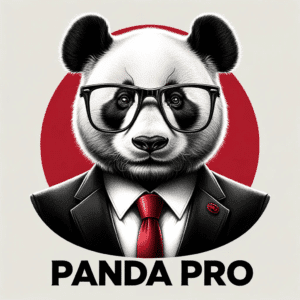As the internet progresses, the rules of the game change. The way we access, interact with, and benefit from online content is always evolving, and so too must our SEO strategies. A case in point is the Google Page Experience update, which makes user experience a critical factor in search rankings. As a foundation in Palmdale’s tech industry, we’ve gathered all the insights you need to optimize your website for Google’s latest update to improve your search engine performance and thereby foster engagement and conversions.
Understanding the Google Page Experience Update
The Google Page Experience update, which rolled out in June 2021, introduced a new set of criteria that Google’s search algorithms measure when ranking search results. Essentially, the update prioritizes websites that offer a superior online experience in terms of speed, interactivity, and visual stability. The core factors taken into account are Largest Contentful Paint (LCP), First Input Delay (FID), and Cumulative Layout Shift (CLS), collectively known under the Page Experience signals.
1. Largest Contentful Paint (LCP)
LCP determines the speed at which a page’s main content is loaded. As per Google’s benchmark, a good LCP score is 2.5 seconds or faster. Therefore, to optimize your website, you should work towards reducing page load speed.
Several factors can improve your LCP score. These include removing unnecessary third-party scripts, upgrading your web host, setting up lazy loading, and using CDN for caching. Reducing CSS, applying rapid server response times, and compressing text files can also enhance the load speed.
2. First Input Delay (FID)
FID measures the time it takes for a page to become interactive, connoting your website’s responsiveness. A good FID is less than 100 milliseconds.
To improve your FID, minimize (or defer) JavaScript, use a web worker, and break up Long Tasks. Also, ensure you’ve set up a robust route optimization and use a cache-first network strategy.
3. Cumulative Layout Shift (CLS)
CLS measures the frequency and extent of unexpected layout changes on your page, contributing to its visual stability. Google’s recommendation for a good CLS score is less than 0.1.
Minimize unexpected layout shifts by ensuring all page elements have set dimensions. Prevent content from abruptly popping up and pushing other content down the page. Also, consider pre-loading fonts to prevent flash of unstyled/text.
Beyond Core Web Vitals: Google’s Expanded Emphasis on UX
While the Google Page Experience update does underscore Core Web Vitals, it additionally emphasizes basic web features relating to UX. Mobile-friendly designs, safe browsing (without malicious or deceptive software), HTTPS, and no annoying interstitial pop-ups, are some highlights in the update.
Thus, while striving to optimize your website for Google’s new update, ensure your focus isn’t exclusively narrowed down to just the Core Web Vitals. Rather, also provide an all-encompassing “website wellness” that facilitates user-friendly browsing.
Adapting to the Page Experience Update in Palmdale
Optimizing for Google’s Page Experience update requires tech and marketing expertise, and that’s where we come in. Our team of savvy digital marketing and web design professionals can help your Palmdale business stay ahead of the curve. With our expertise, we can tune up your website, ensuring it meets all the Google Page Experience metrics and outperforms the competition.
In conclusion, Google’s Page Experience update, now rolled into effect, necessitates carful review and adjustments of our web design and SEO strategies. By optimizing our websites towards offering superior user experience, we not only appeal to Google’s algorithms but also create a more engaging, user-friendly platform for our audience – a win for brand and user alike.

